A parachutist steps from an aircraft, falls freely for two second, and then opens his parachute. Which of the following acceleration time (a−t) graphs best represents his downward acceleration a during the first 5 second ?
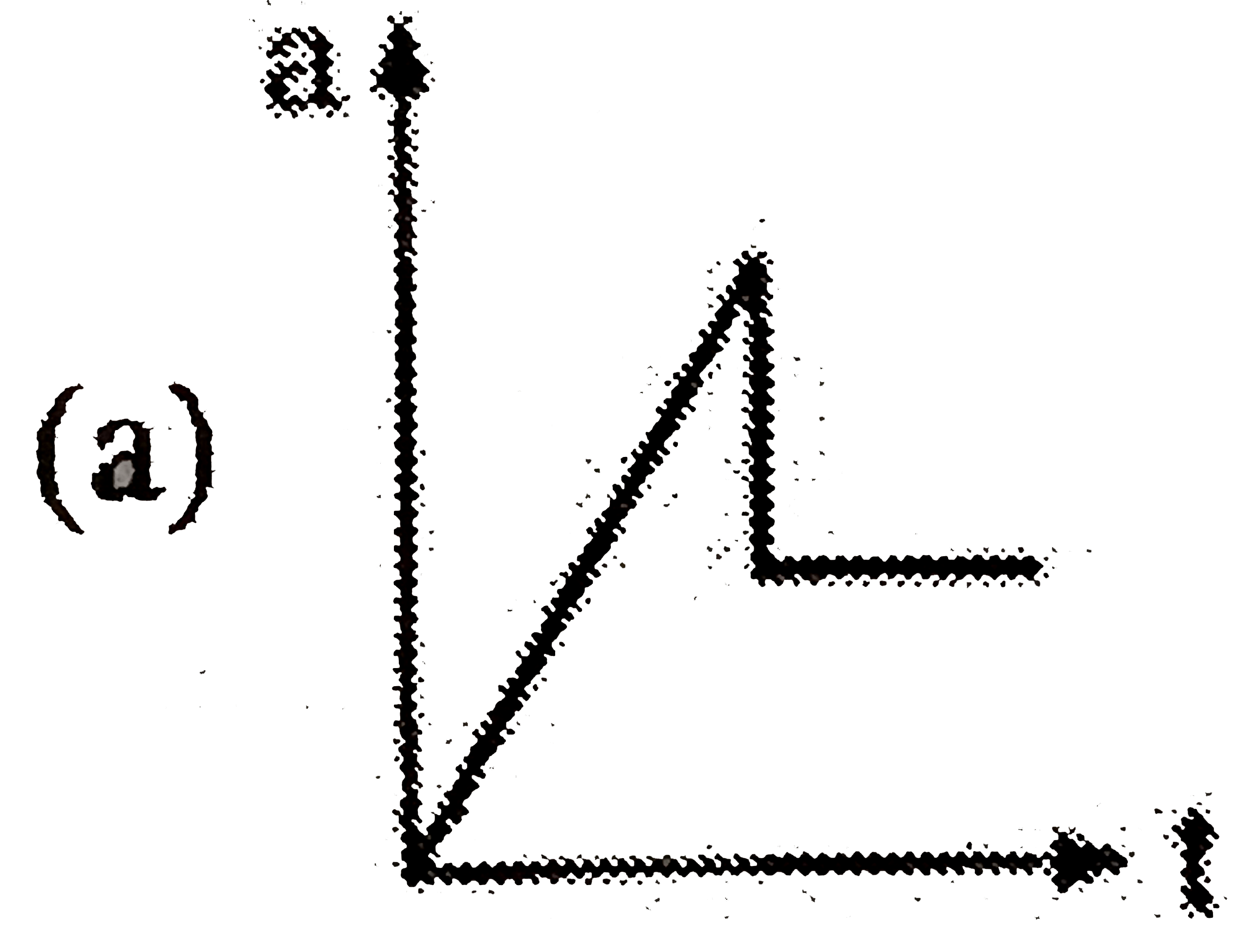
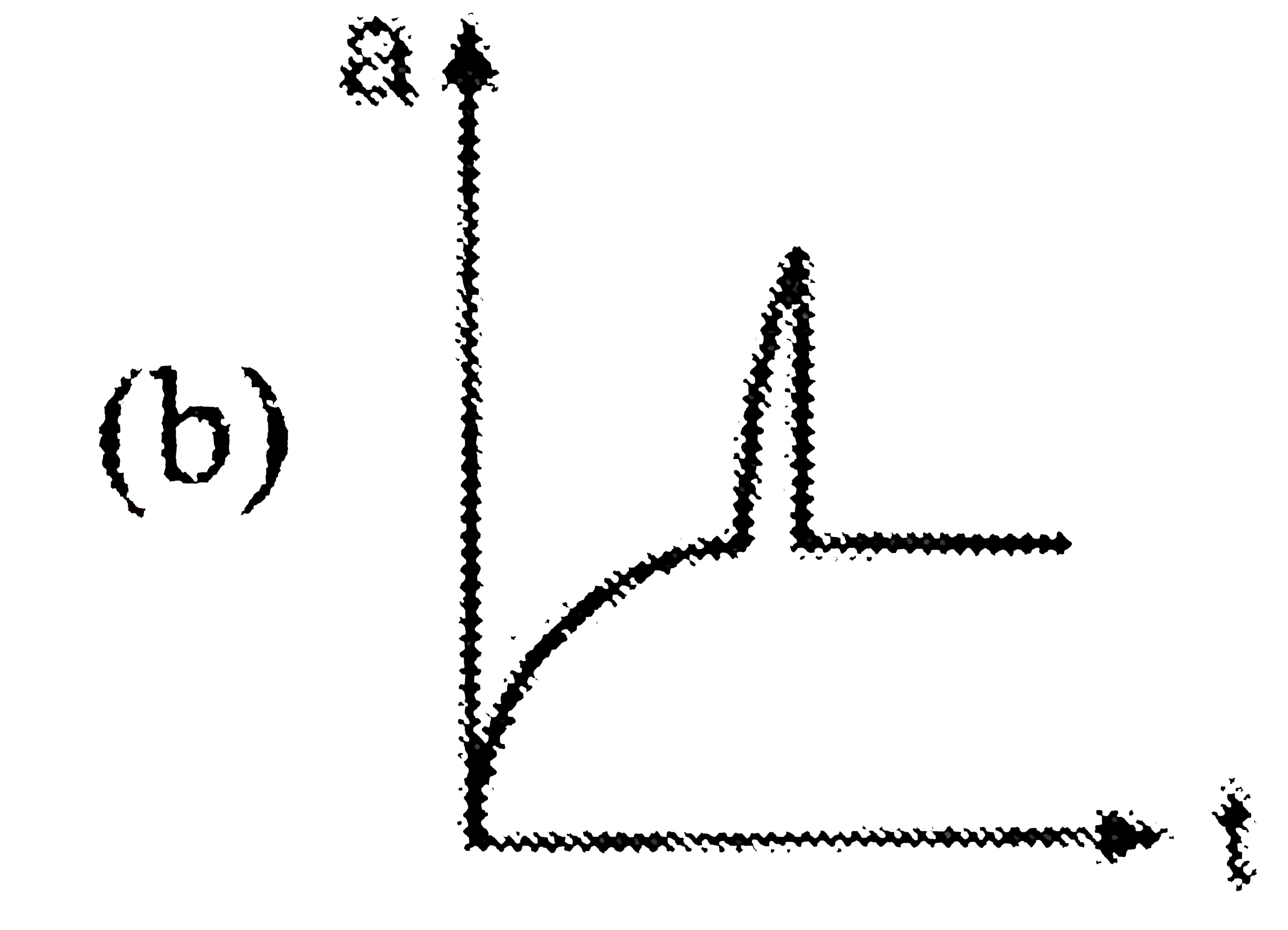

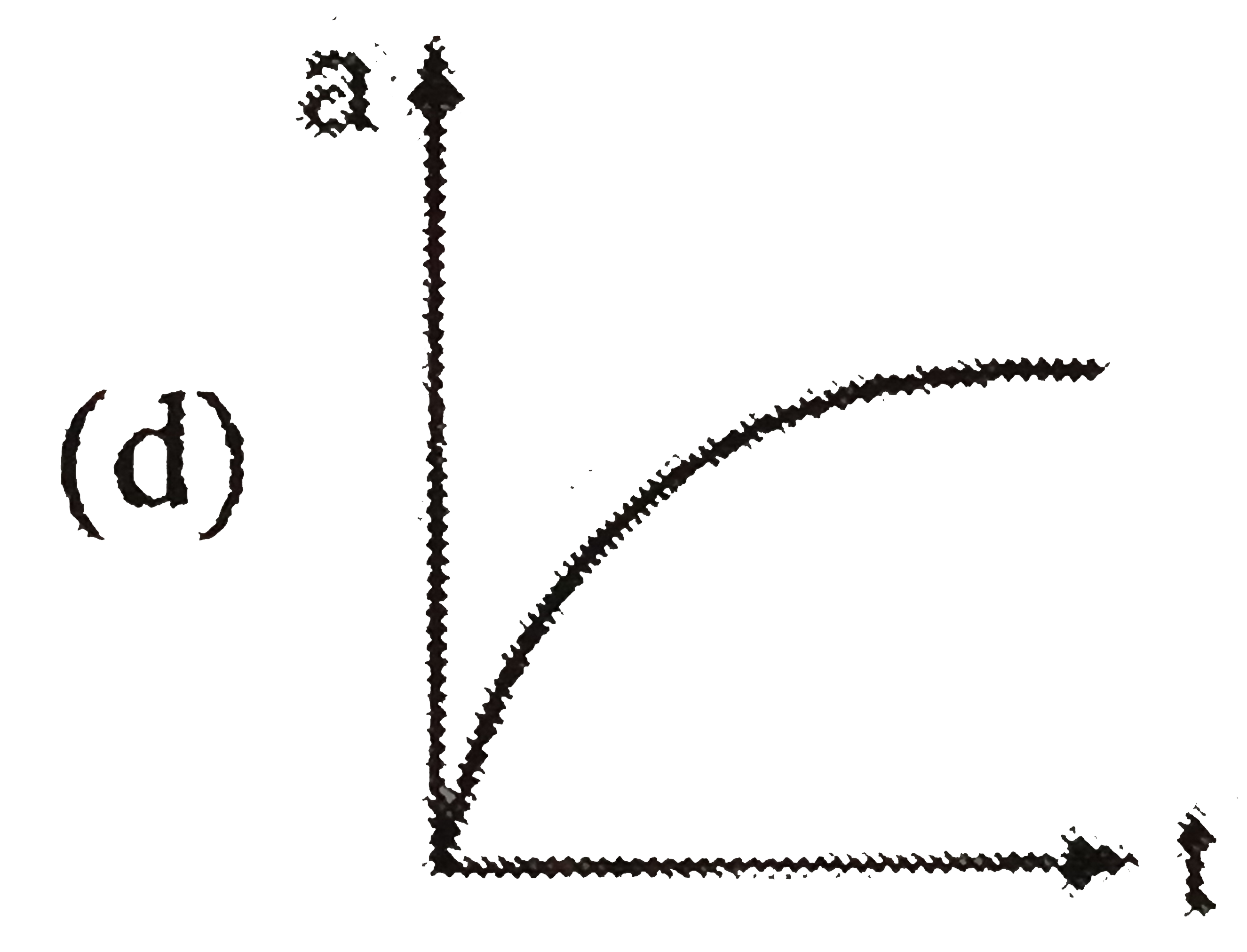
The correct Answer is:C
To solve the problem of the parachutist's downward acceleration during the first 5 seconds, we need to analyze the motion in two distinct phases: the free fall before the parachute opens and the subsequent deceleration after the parachute opens.
1. Understanding the Initial Conditions:
- When the parachutist steps out of the aircraft, he is in free fall. This means he is only influenced by the force of gravity.
- The acceleration due to gravity (g) is approximately 9.8m/s2.
2. Acceleration During Free Fall:
- For the first 2 seconds, the parachutist falls freely. Therefore, his acceleration remains constant at 9.8m/s2.
- On a graph, this would be represented as a horizontal line at 9.8m/s2 from t=0 to t=2 seconds.
3. Opening of the Parachute:
- After 2 seconds, the parachutist opens his parachute. This action introduces an upward force (drag) that opposes the force of gravity.
- As a result, the net acceleration will decrease. The parachutist will experience a reduction in acceleration as the parachute opens and begins to slow him down.
4. Acceleration After Opening the Parachute:
- The acceleration will not immediately drop to zero but will gradually decrease from 9.8m/s2 to a lower value (which could be zero or a small positive value depending on the parachute's effectiveness).
- This decrease in acceleration will be represented on the graph as a downward slope starting from t=2 seconds and continuing until t=5 seconds.
5. Final Representation on the Graph:
- The graph will show:
- A constant acceleration of 9.8m/s2 for the first 2 seconds.
- A decreasing acceleration from 9.8m/s2 to a lower value (potentially approaching zero) from t=2 to t=5 seconds.
Conclusion:
Based on the above analysis, the acceleration-time graph that best represents the downward acceleration of the parachutist during the first 5 seconds will show a constant value of 9.8m/s2 for the first 2 seconds, followed by a gradual decrease in acceleration until the 5-second mark.
- When the parachutist steps out of the aircraft, he is in free fall. This means he is only influenced by the force of gravity.
- The acceleration due to gravity (g) is approximately 9.8m/s2.
- For the first 2 seconds, the parachutist falls freely. Therefore, his acceleration remains constant at 9.8m/s2.
- On a graph, this would be represented as a horizontal line at 9.8m/s2 from t=0 to t=2 seconds.
- After 2 seconds, the parachutist opens his parachute. This action introduces an upward force (drag) that opposes the force of gravity.
- As a result, the net acceleration will decrease. The parachutist will experience a reduction in acceleration as the parachute opens and begins to slow him down.
- The acceleration will not immediately drop to zero but will gradually decrease from 9.8m/s2 to a lower value (which could be zero or a small positive value depending on the parachute's effectiveness).
- This decrease in acceleration will be represented on the graph as a downward slope starting from t=2 seconds and continuing until t=5 seconds.
- The graph will show:
- A constant acceleration of 9.8m/s2 for the first 2 seconds.
- A decreasing acceleration from 9.8m/s2 to a lower value (potentially approaching zero) from t=2 to t=5 seconds.
Based on the above analysis, the acceleration-time graph that best represents the downward acceleration of the parachutist during the first 5 seconds will show a constant value of 9.8m/s2 for the first 2 seconds, followed by a gradual decrease in acceleration until the 5-second mark.
Topper's Solved these Questions
- MOTION IN A STRAIGHT LINEBOOK - GRB PUBLICATIONCHAPTER - MOTION IN A STRAIGHT LINEEXERCISE - More than one choice is correct
16 Videos
- MOTION IN A STRAIGHT LINEBOOK - GRB PUBLICATIONCHAPTER - MOTION IN A STRAIGHT LINEEXERCISE - Assertion Reason
12 Videos
- MOTION IN A STRAIGHT LINEBOOK - GRB PUBLICATIONCHAPTER - MOTION IN A STRAIGHT LINEEXERCISE - Problems and Practice
16 Videos
- FRICTION AND CIRCULAR MOTION BOOK - GRB PUBLICATIONCHAPTER - FRICTION AND CIRCULAR MOTION EXERCISE - Comprehension type
11 Videos
- MOTION IN TWO AND THREE DIMENSIONSBOOK - GRB PUBLICATIONCHAPTER - MOTION IN TWO AND THREE DIMENSIONSEXERCISE - All Questions
210 Videos
Similar Questions
A parachutist after bailing out falls freely for 50 metres.Then his parachute opens and he falls with deceleration of 2ms−2 When he reaches the ground his speed is reduced to only 3 metres per second.At what height did he bail out ? For how long was he in air ?
View SolutionA parachutist after bailing out falls freely for 50 metres. Then his parachute opens and he falls with deceleration of 2ms−2 When he reaches the ground his speed is reduced to only 3 metres per seconds. at what height did he bail out ? For how long was he in air ?
View Solution
Knowledge Check
Which of the following graphs best represents the variation of acceleration 'a' with displacement x?
A B
B C
C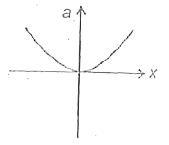 D
D
Which of the following v Vs t graph are correct representation for the acceleration Vs time graph shown below
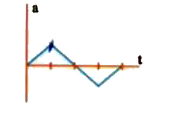 A
A B
B C
C D
D
A particle starts from rest, accelerates uniformly for 3 seconds and then decelerates uniformly for 3 seconds and comes to rest. Which one of the following displacement (x)-time (t) graphs represents the motion of the particle?
A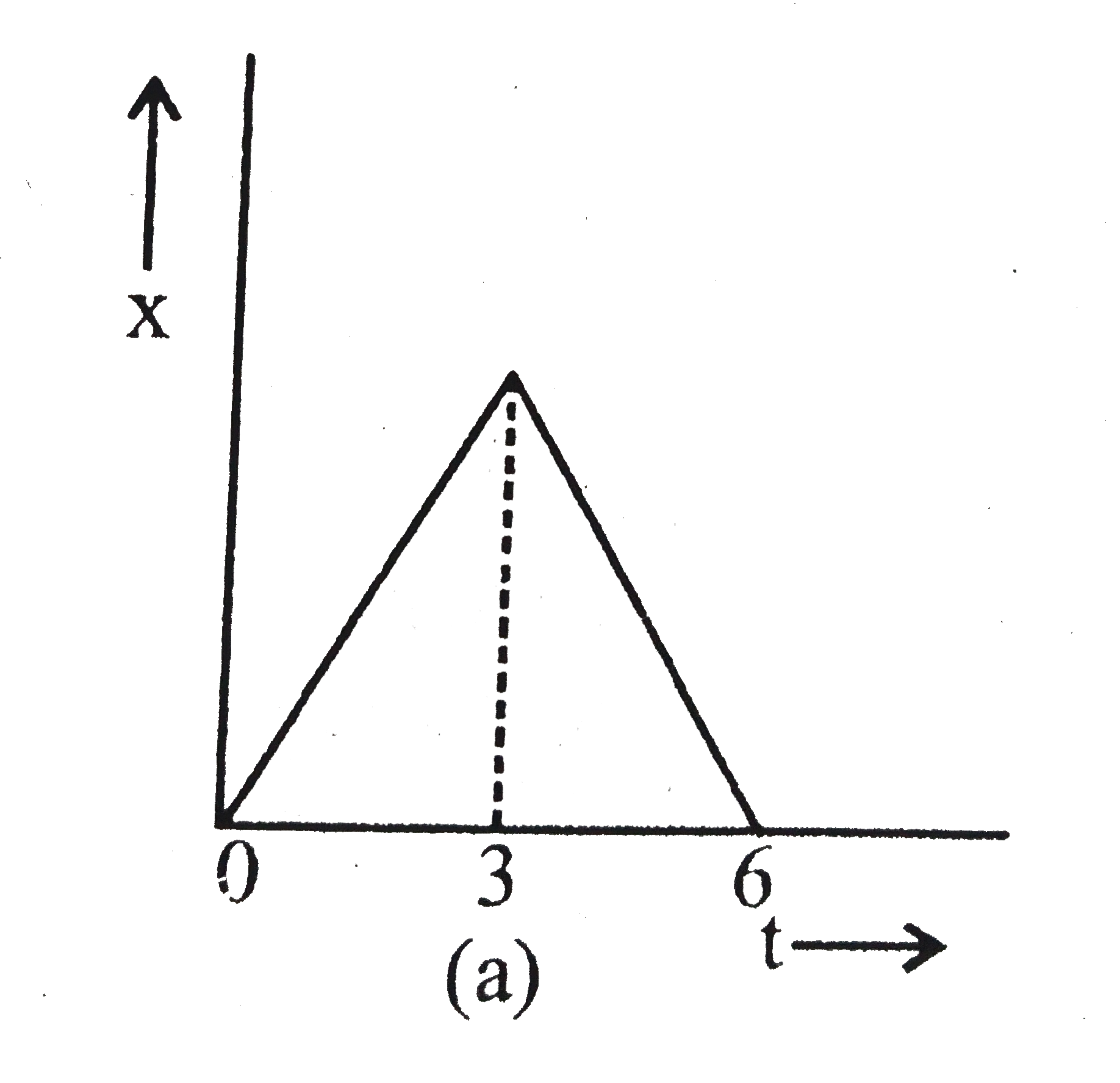 B
B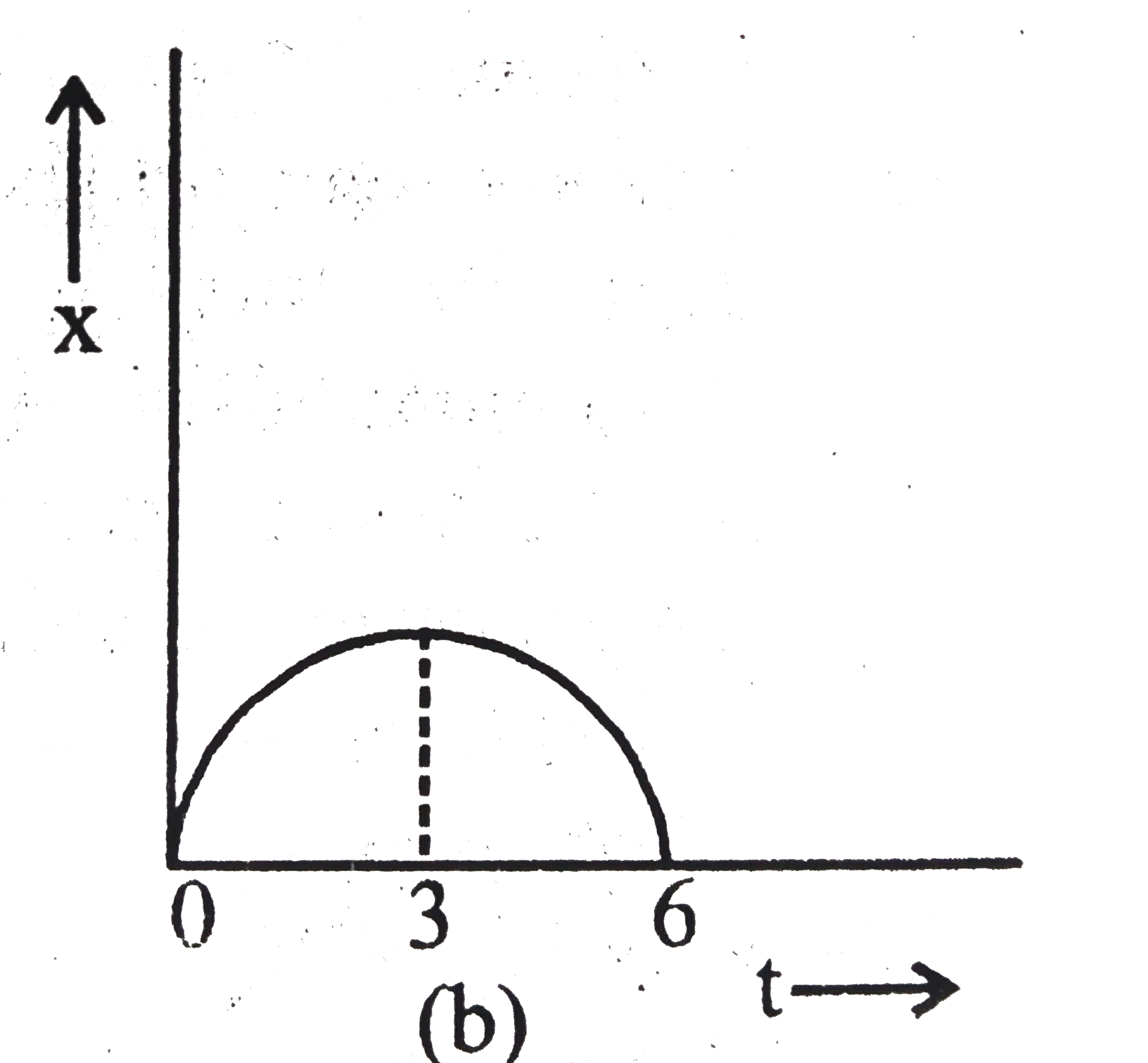 C
C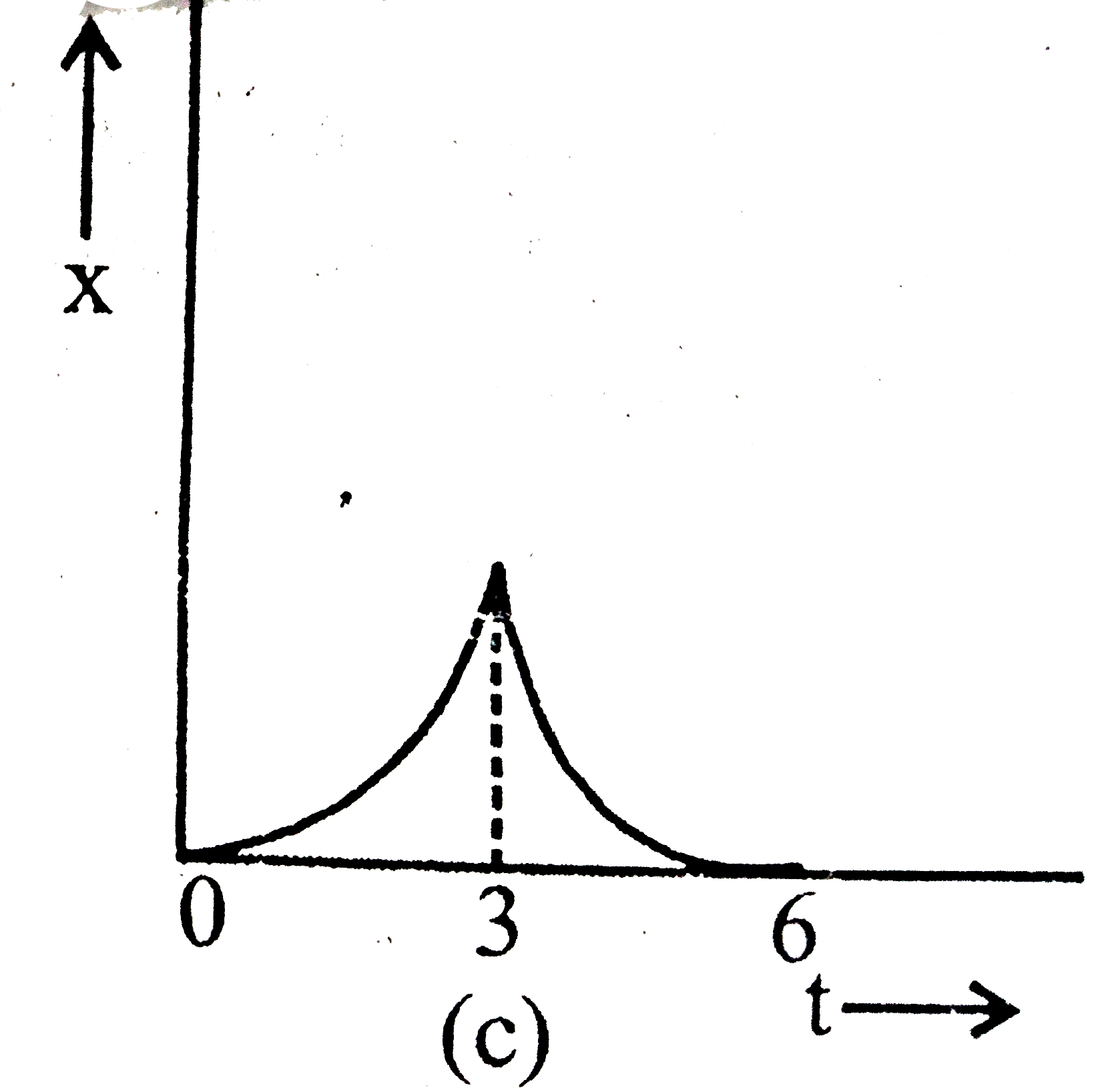 D
D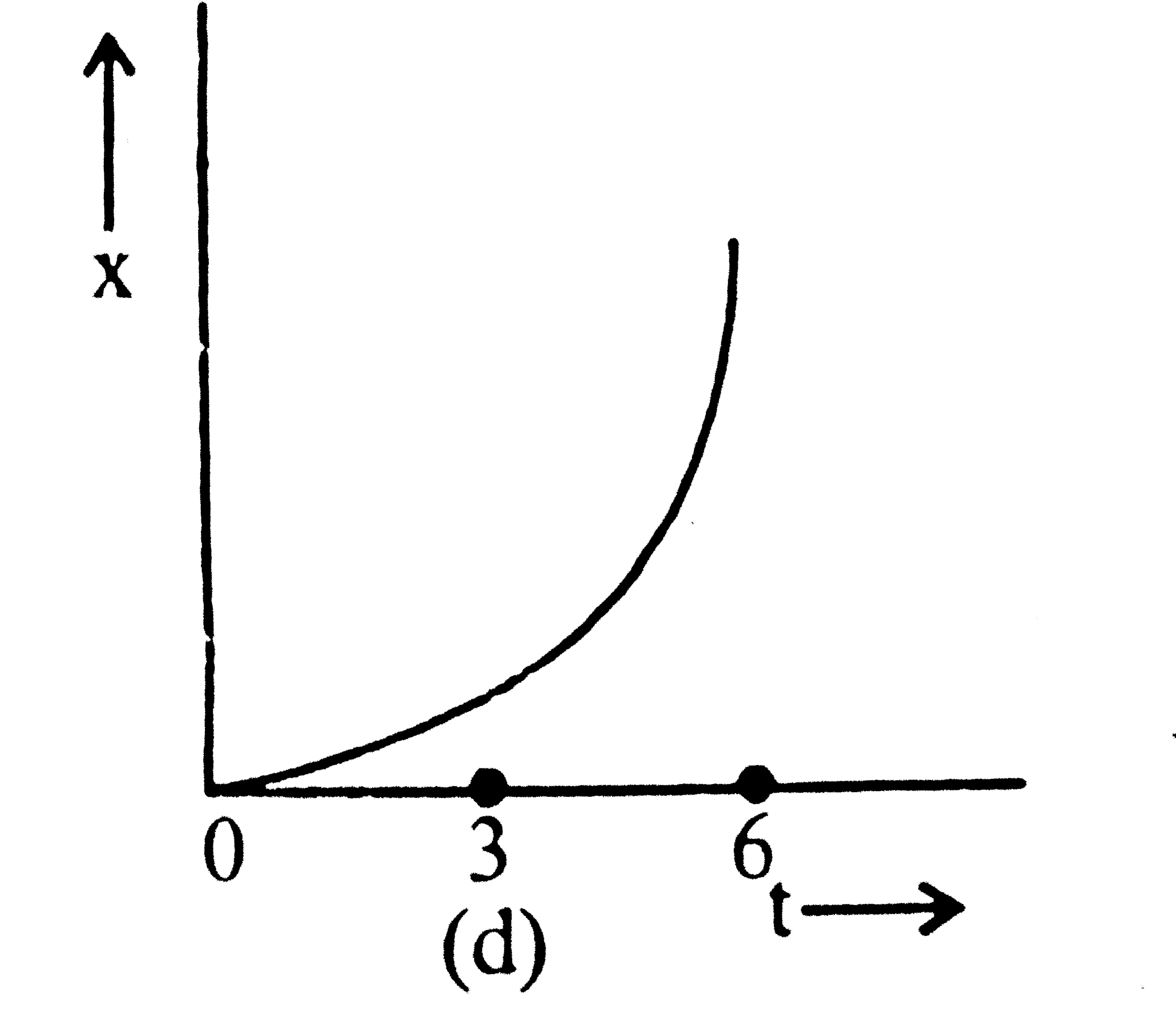
A particle starts moving from rest such that it has uniform acceleration a0 during the 1st second of motion, uniform acceleration a02 during the 2nd second of motion, uniform acceleration a04 during the 3rd second of motion, and so on, such that it has uniform acceleration a02n−1 during the nth second of motion If the displacement of the particle during the 5th second of motion isD5=Ka032 , the value of K is
View SolutionThe given acceleration-time graph represents which of the following physical situation?

View SolutionThe graph shown the variation with times t of the velocity v of an object . Which one of the following graphs best represents the variation of acceleration a of the object with time t?

View SolutionA car starts from erest accelerates uniform by for 4 second and then moves with uniform velocity which of the x-t graph represent th motion of the car:-
View SolutionThe graph below shws the velocity versus time graph for a body
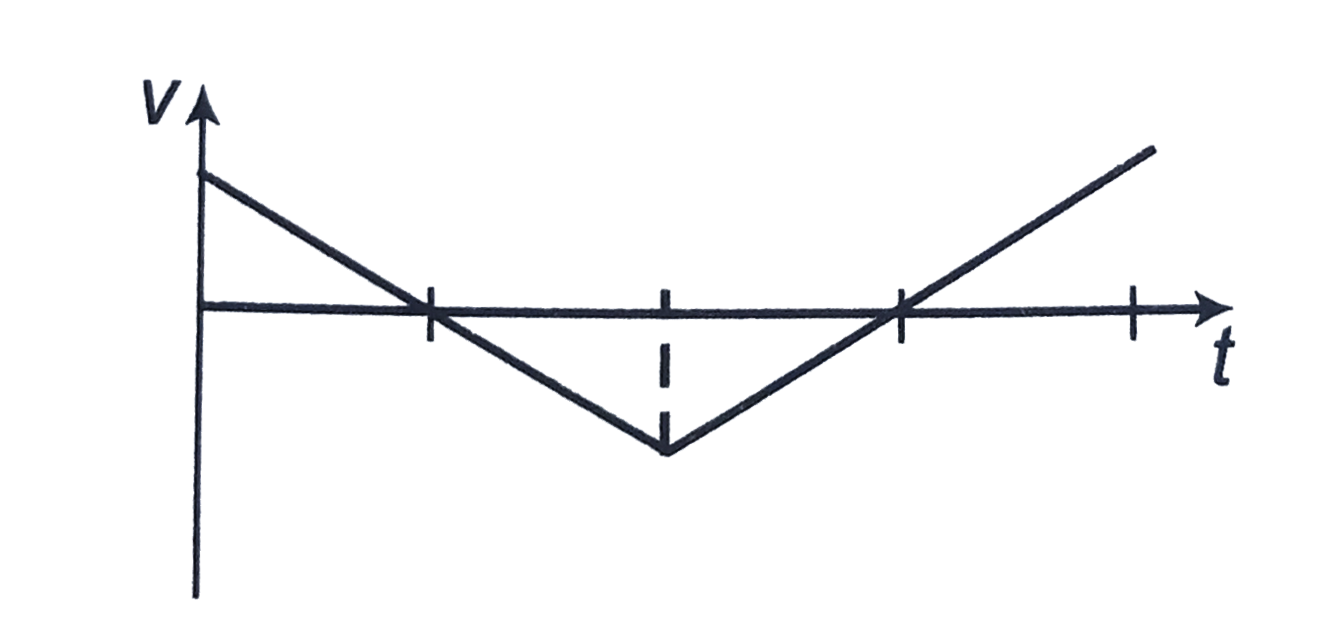
Which of the following graph represents the corresponding acceleration v//s time graph?
View Solution
